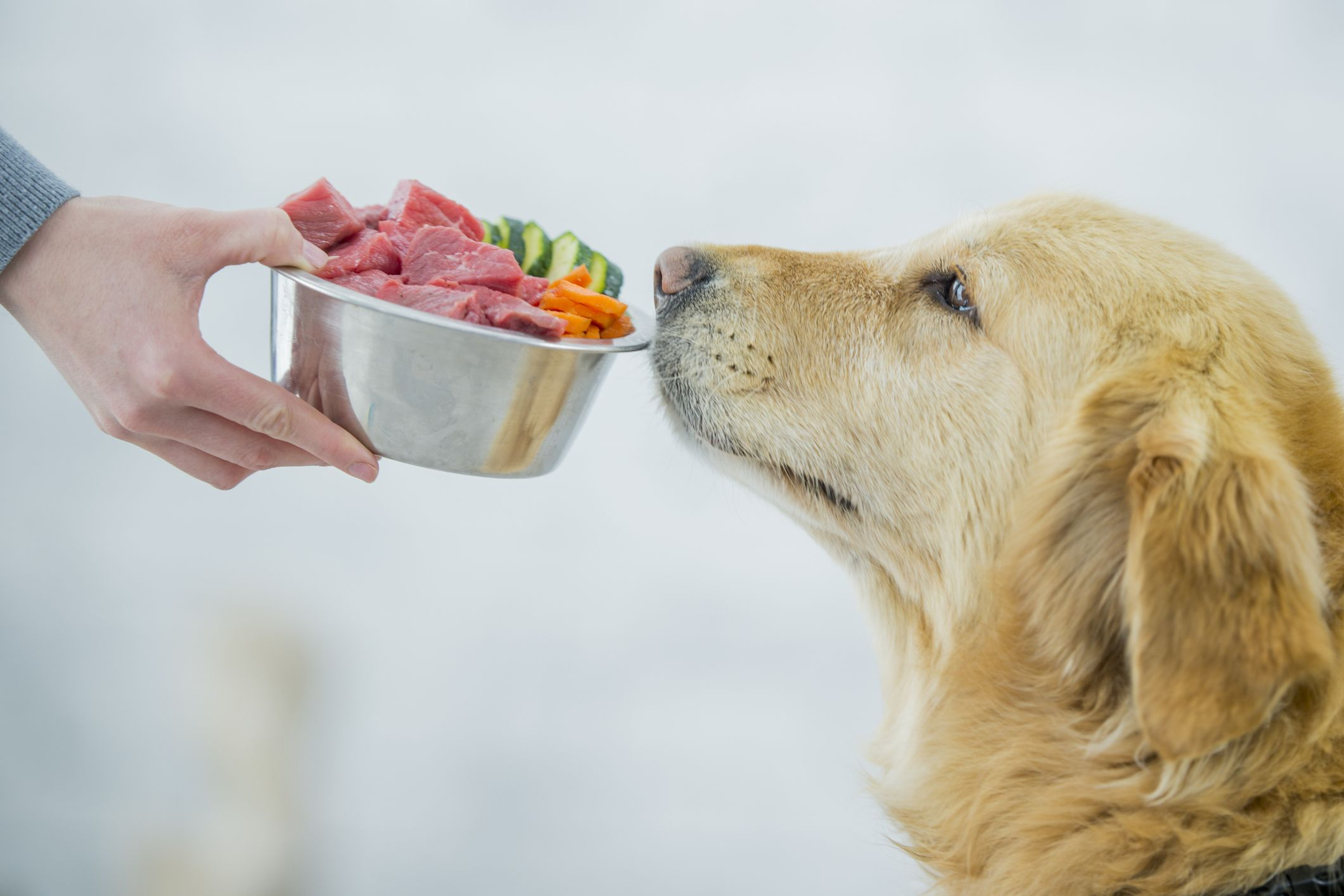As a responsible dog owner, ensuring your furry friend has a balanced and nutritious diet is crucial for their overall health and well-being. But what exactly should a dog’s food consist of? Understanding the components of a healthy dog diet, feeding schedules, and portion sizes based on your dog's size and specific needs can make a significant difference in their quality of life.
Essential Nutrients for Dogs
Proteins: Proteins are the building blocks of your dog’s body. They are essential for growth, muscle development, and tissue repair. A portion of good dog food should have high-quality sources of protein such as chicken, beef, lamb, fish, or eggs. For adult dogs, look for foods that contain at least 18% protein, and for puppies, the protein content should be around 22%.
Vitamins and Minerals: Vitamins like A, D, E, and K are crucial for your dog’s immune system, vision, and skin health. Minerals such as calcium, phosphorus, and potassium are necessary for bone health, nerve function, and muscle contractions. Ensure the dog food you choose has a balanced mix of these nutrients.
Carbohydrates: Carbohydrates provide energy and aid in digestion. Ingredients like brown rice, sweet potatoes, and oats are excellent sources of carbohydrates for dogs.
Fats: Healthy fats are vital for energy, brain function, and coat health. Look for sources like fish oil, flaxseed oil, and chicken fat in your dog’s food.
Fiber: Fiber aids in digestion and helps maintain a healthy weight. Beet pulp, pumpkin, and peas are good sources of fiber.
Feeding Schedule and Portions
How Often to Feed Your Dog: The frequency of feeding depends on the age and size of your dog. Puppies need to eat more frequently, usually three to four times a day. Adult dogs typically do well with two meals per day.
Ideal Feeding Hours: Morning and evening are generally the best times to feed your dog. Try to feed them at the same time every day to establish a routine.
Meal Composition:
- Morning Meal: Should be rich in proteins and fats to provide energy for the day. Include a mix of dry kibble with some wet food or fresh meat.
- Evening Meal: This can be similar to the morning meal but slightly lighter to prevent them from feeling too full overnight.
Portion Sizes:
- Small Dogs (up to 20 lbs): ½ to 1 cup of dry food per day, split into two meals.
- Medium Dogs (20-50 lbs): 1 to 2 cups of dry food per day, split into two meals.
- Large Dogs (50-100 lbs): 2 to 4 cups of dry food per day, split into two meals.
- Extra Large Dogs (over 100 lbs): 4 to 6 cups of dry food per day, split into two meals.
Adjust portions based on your dog's activity level, age, and specific health needs.
Reading Labels and Checking for Allergens
It's essential to read the labels on dog food packages carefully. Look for the following:
- Named Protein Source: Ensure the first ingredient is a specific meat (e.g., chicken, beef).
- AAFCO Statement: Indicates the food meets the nutritional standards set by the Association of American Feed Control Officials.
- Additives and Fillers: Avoid foods with unnecessary fillers like corn and soy, which provide little nutritional value.
If your dog has allergies, check for common allergens such as wheat, soy, and specific meats. Opt for hypoallergenic formulas if necessary.
Foods to Avoid
Certain human foods can be toxic to dogs and should be strictly avoided:
- Chocolate: Contains theobromine, which is toxic to dogs.
- Grapes and Raisins: Can cause kidney failure.
- Onions and Garlic: Can damage red blood cells, leading to anemia.
- Xylitol: A sugar substitute found in many sugar-free products, which is extremely toxic to dogs.
Post-Meal Activity
After feeding, avoid engaging your dog in vigorous exercise immediately. Intense activity after a meal can lead to stomach churning and potentially fatal conditions like bloat (gastric dilatation-volvulus). Allow your dog to rest for at least an hour before any strenuous activities.
Feeding your dog a balanced diet rich in proteins, vitamins, minerals, and healthy fats is crucial for their health and happiness. Understanding the appropriate feeding schedule, portion sizes, and the importance of reading food labels can help you provide the best care for your furry friend. Avoid harmful foods and ensure your dog has a safe and nutritious diet to thrive.
By following these guidelines, you can help your dog live a healthier, happier life. Remember, always treat all animals with kindness and compassion, and consider spreading awareness in your community to ensure all pets receive the care they deserve.
